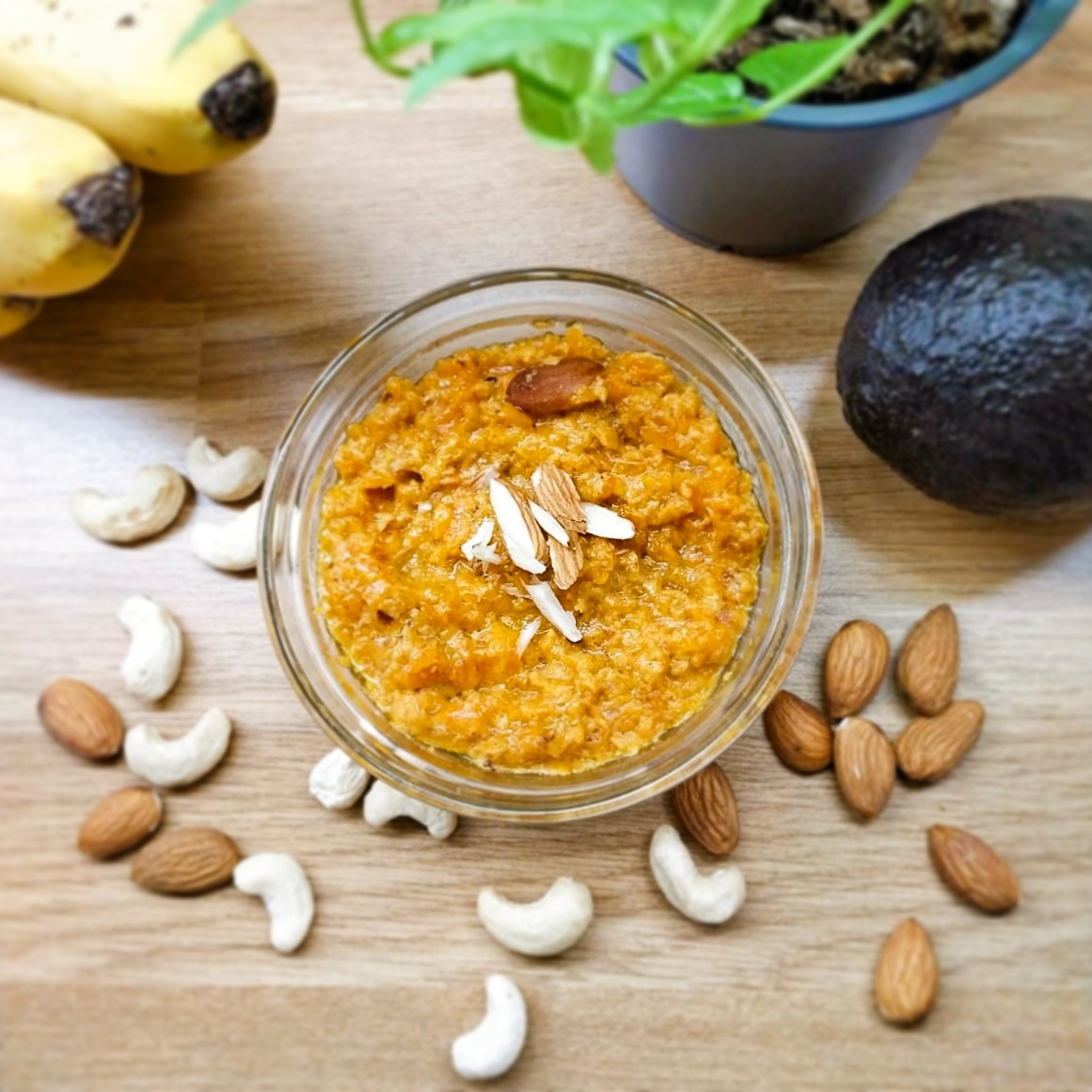Hello boys and girls!
Welcome to cooking with Varun! You know, I was on Facebook a few days ago and I noticed that more and more people were adding 'Life Events', and I got to thinking, that in a time when my friends are adding events like, 'Got Engaged to..' or 'Married..', the most I can put up is, 'Learned to bake a cake!'. I know, I know, their life events aren't as great as mine, but let's face it, baking isn't for everybody! Now, now, don't look so put out, I'm only joking, but you cannot deny the joy you feel when you open the oven door and your kitchen is filled with the glorious smell of freshly baked cake. A joy eclipsed, perhaps, only by the act of cutting yourself a big piece and taking a bite of the warm, sweet, light sponge!
As far as cakes go, if baked right, I don't think there's such a thing as a bad cake. I mean, chocolatey and sticky or warm and nutty or even a good old fashioned Victoria sponge, just give me a big ol' piece of cake and I'll be in high heaven! And today, I'm going to walk you through a simple recipe that if you follow correctly, you will end up with a gorgeously soft and deliciously nutty cake that you can put together and bake in 90 minutes. Just imagine the beaming face of a loved one you can surprise on their birthday or anniversary or just about any occasion! But enough of this, on to the recipe!
For Walnut, Date, and Honey Cake, you will need the following:
Self raising flour 225 gms
Butter 175 gms
Sugar (brown, if you can wangle it) 100 gms
Dates 100 gms
Walnuts 50 gms
Honey 3 tbsp
Bananas (ripe) 2
Eggs 2 large
Cinnamon 1/2 tsp
Prep:
- Beat the eggs.
- Mash the bananas.
- Chop up the dates.
- Roughly chop the walnuts.
- Soften the butter.
- Grab a 1kg loaf tin to bake the cake in.
- Tear off a piece of greaseproof paper (that's the really smooth, kind of oily one).
- Use it to butter the inside of the loaf tin.
- Line the inside of the tin (bottom and sides) with greaseproof paper. (The butter will help it hold on to the tin. Post-baking, this will make sure your cake comes out in one piece without breaking or sticking.)
- Turn the oven on to 140 degrees Celsius if it is fan powered or 160 degrees Celsius if gas powered.
Method:
- Take a deep breath.
- Grab a large mixing bowl.
- Tip in the flour.
- Drop in the butter.
- Add in the sugar.
- Sprinkle in the cinnamon.
- Add in the honey.
- Pour in the eggs.
- Plop in the bananas.
- Throw in the dates.
- Toss in the walnuts.
- Grab a wooden spoon.
- Flex your biceps.
- Beat the contents of the bowl for about 3 minutes until your arm feels like it is about to fall off and the ingredients are well mixed.
- Tip the mixture into the baking tin.
- Use the wooden spoon to smoothen the mixture.
- Sprinkle some walnuts over the top.
- Open the oven door.
- Get hit with a heat blast.
- Curse.
- Slide the tin into the oven.
- Close the oven door.
- Clock watch for 60 minutes. (Or do something productive!)
- In 60 minutes, open the oven door.
- Get hit by another heat blast. (This time with the smell of fresh cake!)
- Remember you haven't got your oven mitts on.
- Put on your oven mitts.
- Gently take the tin out.
- Stick a knife in the cake.
- If the knife comes out clean (it will be buttery), turn the oven off. If not, bake for another 10 minutes.
- Lift the cake out of the tin using the greaseproof paper.
- Place on a cooling rack to cool for 10 minutes.
- Serve.
- Stuff face.
- Bask in the glory of your successfully executed dish.
Tip: You can drizzle some honey over the top as it cools to give it a sticky kick!
And remember, overeating is a myth. A full tummy is a happy tummy!



